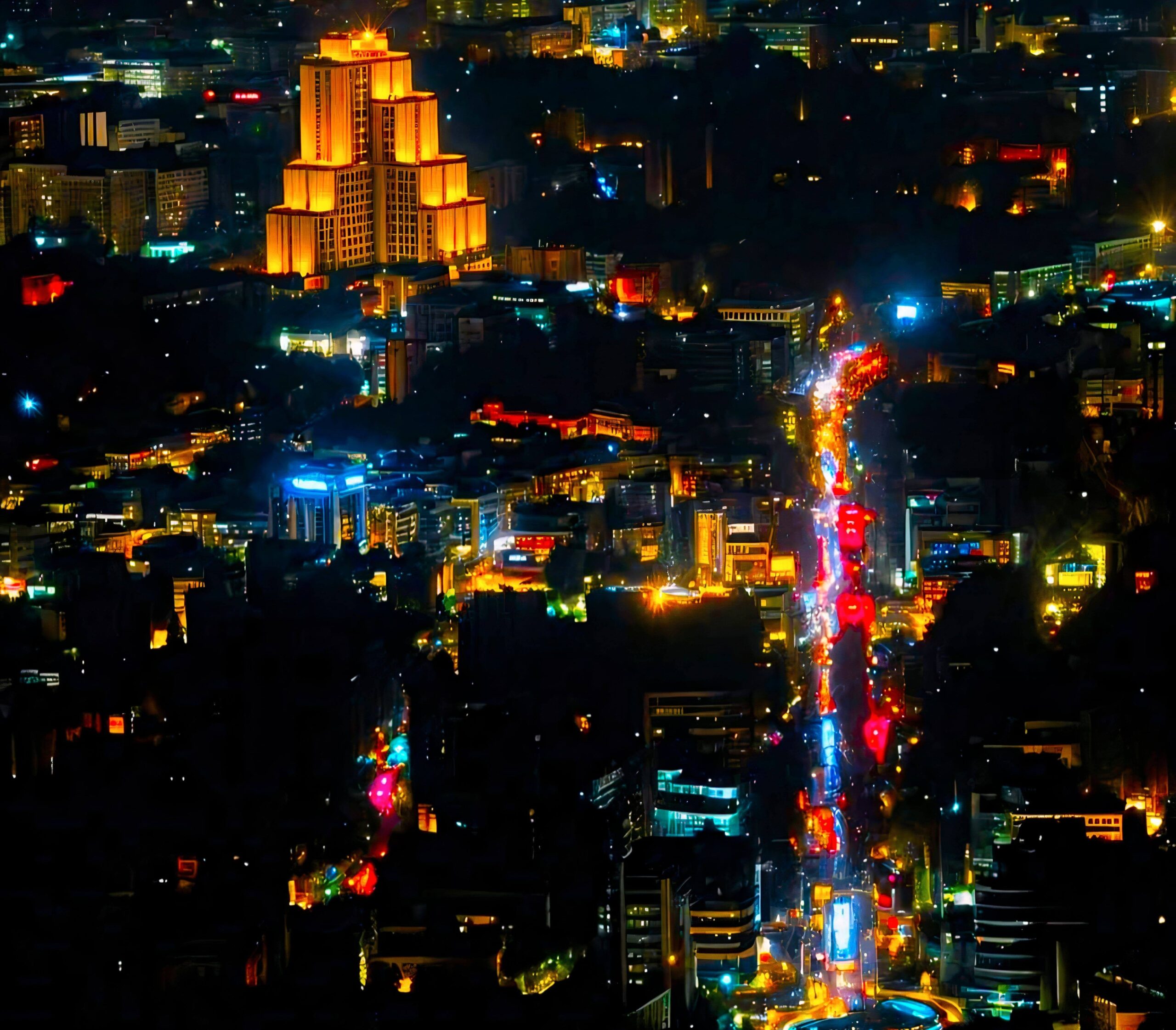Modern Damascus : (Al Sham) is often celebrated for its deep historical roots and ancient architecture, but beyond the winding alleys of the Old City lies Modern Damascus, a dynamic capital full of energy, development, and transformation. While the city proudly preserves its cultural heritage, Modern Damascus offers visitors a contrasting experience—one of wide boulevards, lively squares, upscale neighborhoods, trendy cafés, shopping malls, and expanding urban spaces. For tourists seeking a balance of old and new, Modern Damascus opens a different window into Syrian life, showcasing the city’s vibrant contemporary culture.
Famous Squares and Urban Centers
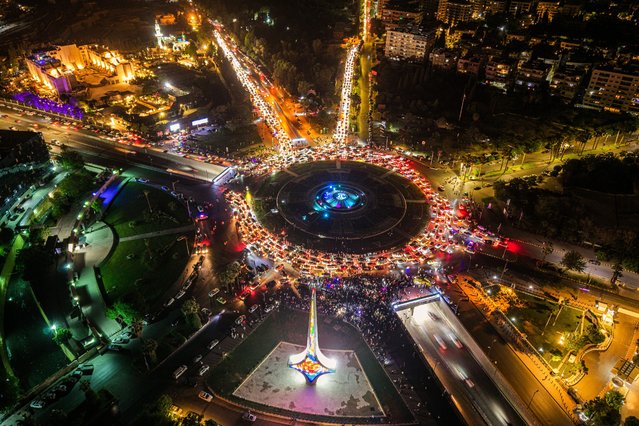
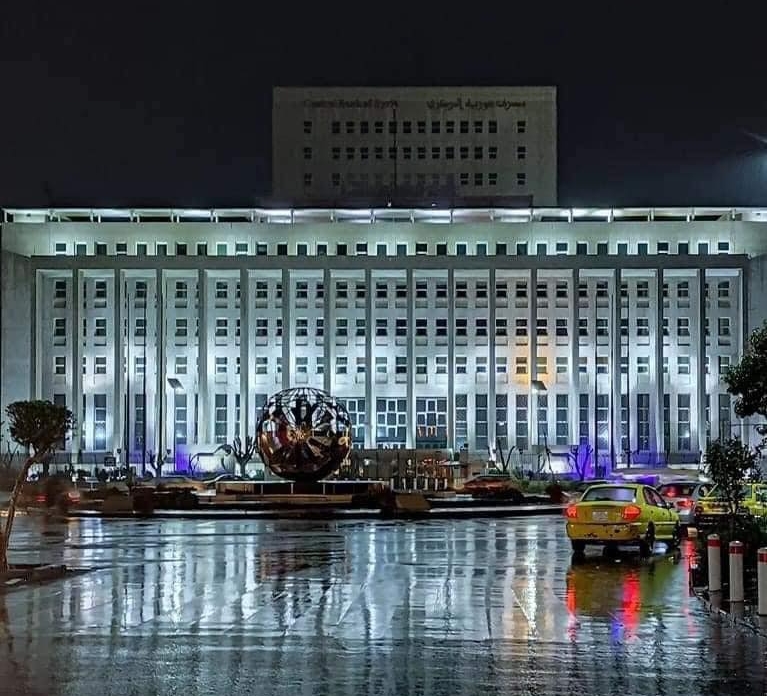
Umayyad Square
At the heart of modern Damascus is Umayyad Square, the largest and most important public square in the city. Named after the Umayyad Caliphate, it’s more than a traffic hub—it’s a political and cultural symbol. Major government buildings and media centers are located around the square, along with key cultural landmarks like the Damascus Opera House and National Library. The square features wide roads, monuments, and flags, and is often the site for official ceremonies, parades, and public events.
Sabaa Bahrat Square
Another major square is Sabaa Bahrat (Seven Fountains Square), located near the financial and administrative center of Damascus. Its name comes from the seven fountains at its center, surrounded by government buildings, banks, and commercial offices. Sabaa Bahrat connects to many key streets and is often buzzing with activity, making it one of the most recognizable areas in modern Damascus.
Mezzeh Highway and Expansion Zones
The Mezzeh district is a modern urban area characterized by wide boulevards, embassies, upscale apartments, and international institutions. The Mezzeh Highway is one of the busiest and most developed roads in Damascus, lined with ministries, high-end stores, restaurants, and luxury buildings. It’s a central axis of modern development and a prime example of urban planning in the capital.
Modern Malls and Shopping Centers
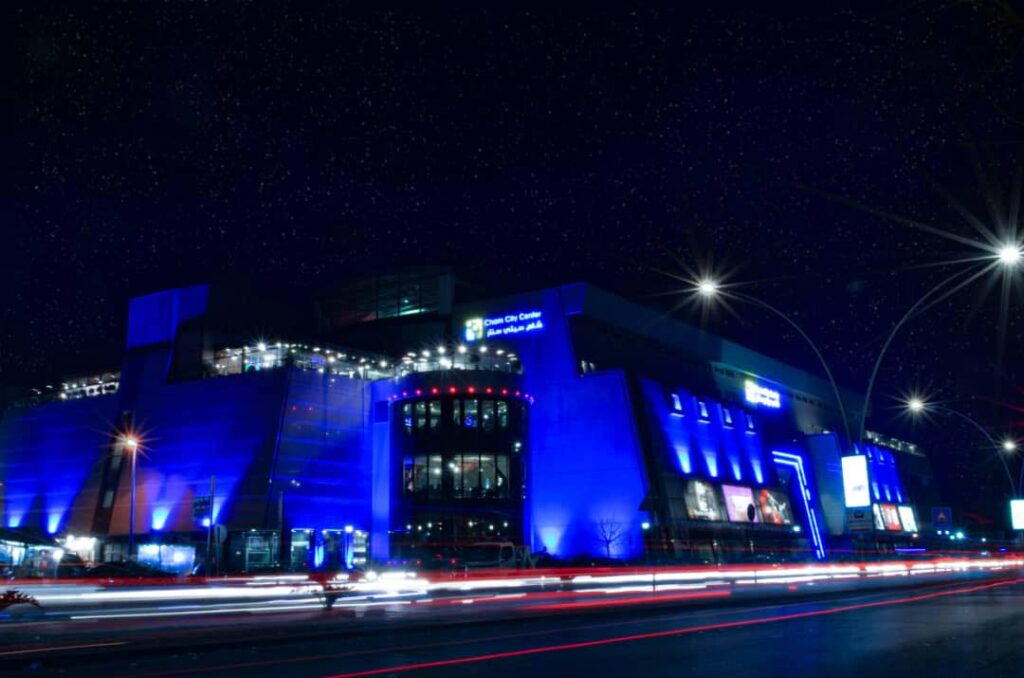
Damascus has seen the rise of several modern shopping centers that cater to locals and visitors seeking branded fashion, electronics, groceries, and entertainment.
Cham City Center
Located in the Kafr Souseh area, Cham City Center is one of the largest and most modern malls in Syria. It features international and local clothing brands, fast food outlets, a supermarket, a cinema, and family entertainment facilities. With its clean interior and contemporary design, Cham City offers a comfortable escape from the city’s hustle and bustle.
Shalaan and Abou Roumaneh Boutiques
While Damascus may not have shopping districts on the scale of Dubai or Istanbul, upscale neighborhoods like Shalaan, Abou Roumaneh, and Rawda offer stylish boutiques, designer stores, and elegant beauty salons. These areas attract wealthier residents and tourists looking for exclusive clothing, perfumes, or jewelry.
Upscale Neighborhoods and Residential Areas
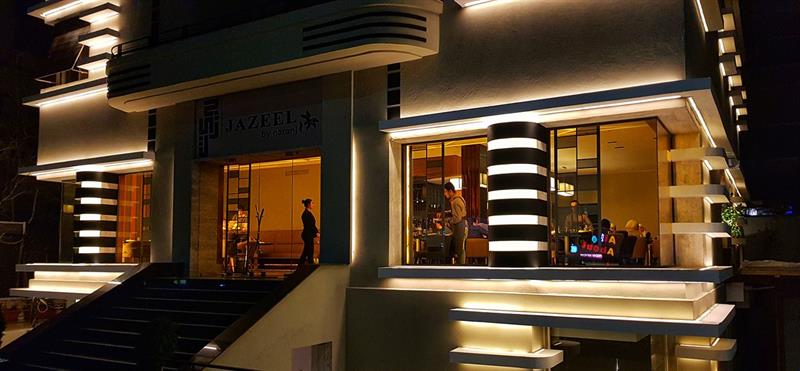
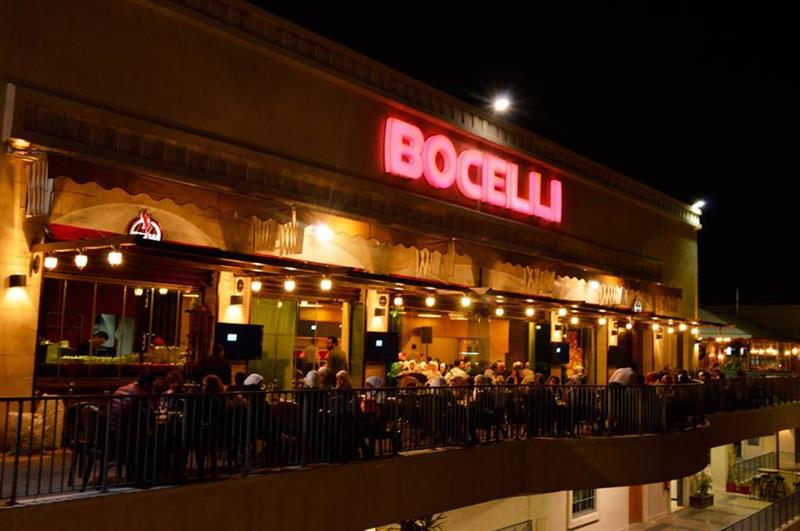
Abou Roumaneh
One of the most prestigious and elegant neighborhoods in modern Damascus, Abou Roumaneh is home to embassies, luxurious villas, stylish cafés, and five-star hotels. The streets are tree-lined and clean, creating a pleasant environment for walking. Many international organizations and private businesses have offices in this area, making it both a residential and professional hub.
Malki and Rawda
Adjacent to Abou Roumaneh, Malki and Rawda are well-known for their wealth and exclusivity. These neighborhoods are quiet and green, often considered ideal places for high-level officials, diplomats, and prominent families. The cafés and restaurants here tend to be more refined, offering international cuisine and elegant settings.
Kafr Souseh
Once a suburban area, Kafr Souseh has transformed into a modern district full of glass buildings, shopping malls, and new residential compounds. It’s one of the fastest-developing areas in Damascus and attracts young professionals and entrepreneurs. The combination of modern architecture and convenient services makes it a favorite for newcomers to the city.
Contemporary Cafés and Dining Experiences
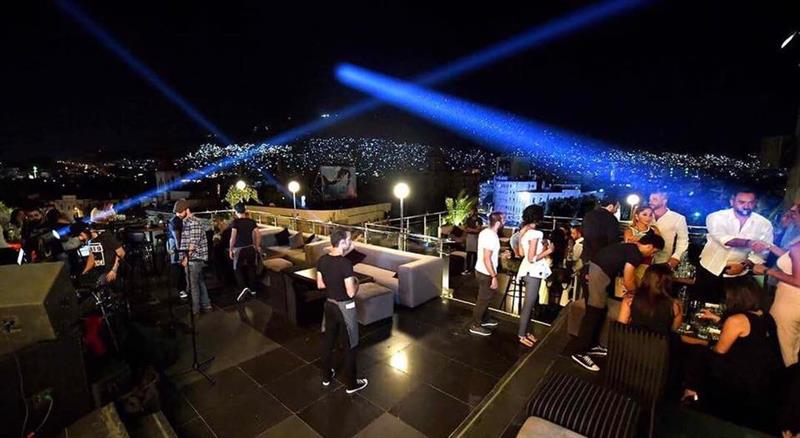
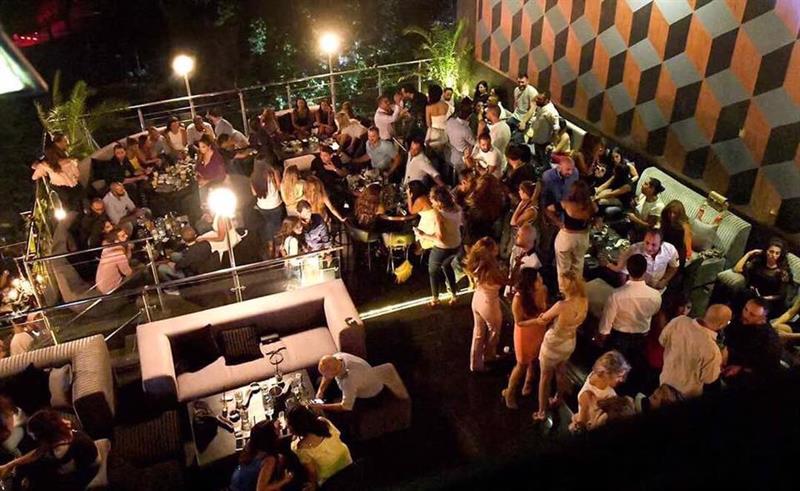
The café culture in Damascus has exploded in recent years, particularly in modern neighborhoods. Syrians love to socialize over coffee, juice, or sweets, and modern cafés cater to both traditional tastes and global trends.
Abou Roumaneh
A prestigious neighborhood with elegant restaurants and cozy cafés. This area blends traditional Syrian hospitality with modern flair, offering a refined atmosphere perfect for enjoying a leisurely meal or sipping narjeleh in a relaxed garden setting.
Mezzeh District
Known for its wide boulevards and upscale vibe, Mezzeh has many contemporary dining spots and stylish cafés. It’s a favorite among professionals and expatriates, with plenty of terraces and outdoor seating ideal for enjoying aromatic traditional drinks like narjeleh.
Kafr Souseh
This fast-developing district features modern malls and trendy restaurants, including places serving traditional beverages and light meals. Kafr Souseh’s vibrant café scene is popular with younger crowds looking for a mix of Syrian flavors and global influences.
Rawda and Malki
These upscale residential neighborhoods have a cluster of high-end restaurants and cafés where you can experience both authentic Syrian cuisine and international dishes. The ambiance here is sophisticated yet welcoming, perfect for enjoying traditional refreshments in style.
Cultural Life in the Modern City
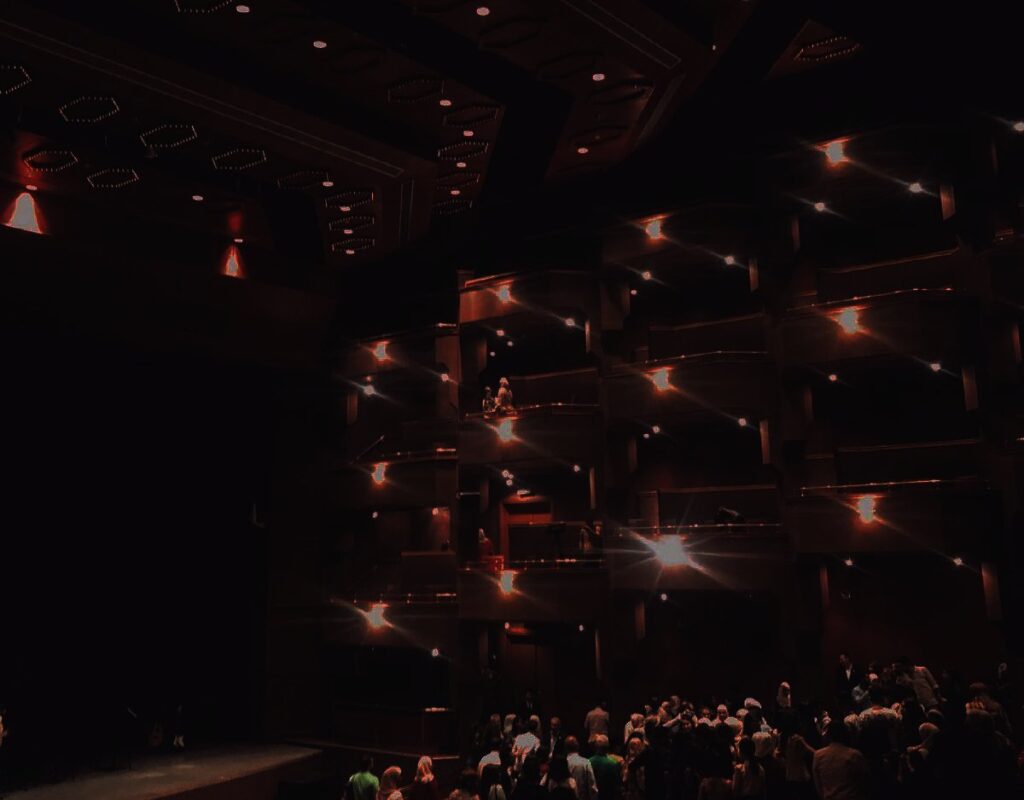
Cinemas and Theaters
Although limited in number, modern cinemas in Damascus offer Arabic and international films, often subtitled. Malls like Cham City Center host movie theaters that appeal to younger audiences. Traditional theaters and cultural halls also blend modern storytelling with Syrian identity.
Art Galleries and Events
Modern Damascus has a growing visual arts scene. Galleries in upscale neighborhoods feature contemporary Syrian painters, sculptors, and photographers. Private art spaces often hold exhibitions that attract intellectuals, collectors, and tourists interested in modern Middle Eastern art.
Technology and Innovation
Despite challenges, Damascus has a growing tech-savvy population. Co-working spaces, software startups, and mobile app developers have begun to emerge, especially among younger Syrians. Some modern cafés double as study spaces or remote work hubs for freelancers.
Public Parks and Green Areas
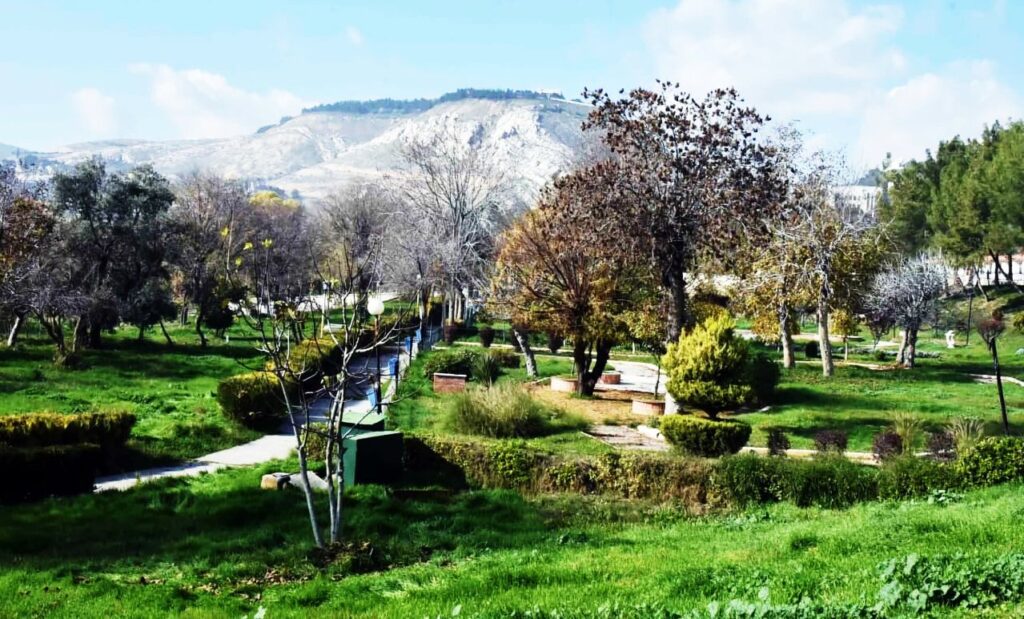
Modern Damascus values open space, and while greenery is limited compared to older eras, several public parks remain popular.
National Park
Located near Umayyad Square, Tishreen Park is one of the largest in the city. It hosts seasonal festivals, fireworks, and family-friendly activities. It’s also a place where locals go for picnics, walking, or simply escaping the noise of traffic.
Al-Jalaa Park
Near Mezzeh, this well-maintained park includes cafes, open spaces, and playgrounds. It’s frequented by families and joggers and reflects the modern side of leisure life in the city.
Transportation in the Modern City
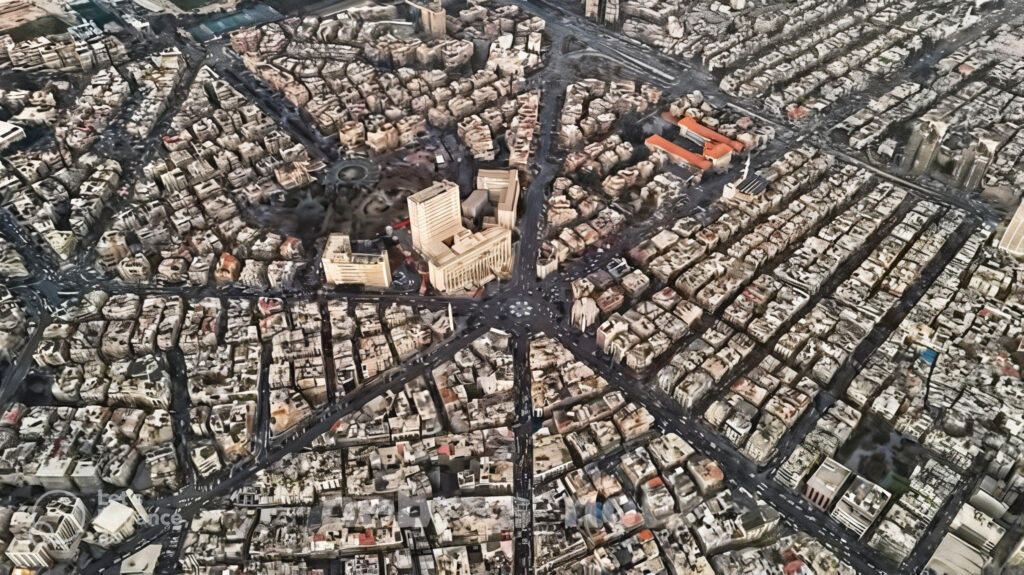
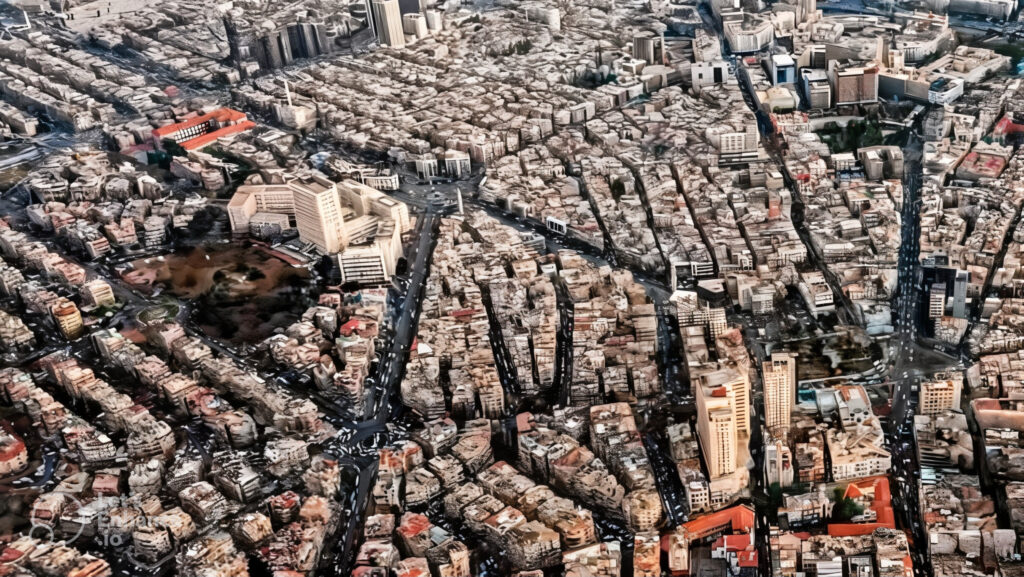
Roads and Highways
Modern Damascus features a growing network of roads, bridges, and tunnels that aim to ease congestion. Key roads such as Mezzeh Highway, Autostrad, and Abbasid Square Corridor connect residential areas with business districts. Taxis are widely used, while shared mini-buses and private car apps help residents navigate the city.
Smartphone and Internet Access
Despite infrastructure challenges, mobile internet and smartphone penetration are high. Apps for food delivery, ride-hailing, and even online shopping have grown, especially in modern parts of the city.
Conclusion: A City of Contrasts and Continuity
Modern Damascus may not have skyscrapers or flashy nightlife, but it offers a calm, elegant, and deeply authentic urban experience. With its leafy boulevards, fashionable cafés, luxury districts, and ambitious infrastructure, it reflects a different dimension of Syria’s capital—one that values progress while staying rooted in culture.
For tourists, modern Damascus is a chance to see how one of the oldest cities in the world lives and breathes in the 21st century. It’s a blend of tradition and ambition, of ancient soul and modern rhythm. Exploring both its historical and contemporary sides gives visitors a complete and unforgettable picture of this remarkable city.
Finally.. If you have any questions, please contact us. To explore further, visit our Facebook Syria collection for rare images and cultural highlights.



